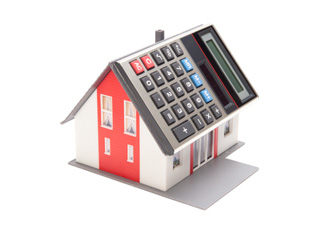Lockdowns around the world this year have only really been feasible thanks to technology, with many workers able to work from home thanks to email, fibre broadband and video conferencing. The latest to emerge from the long line of technological advancements is AI (Artificial Intelligence), which was long over-hyped but has finally started to deliver in recent years thanks to the emergence of huge data generation, the increase in computing power, cheap data storage and algorithmic advances.
AI is becoming an integral part of most businesses, not just for improving operational efficiency or profit, but also for key decision making. But the property sector has been slow to embrace it, according to the Morgan Stanley Digitisation Index, which stated that real estate is the second least-digitised industry in the world.
However, while AI applications are only as powerful as the quantity and quality of the data sets that are fed into them, in the past few years AI has started to creep into property management in the form of smart home systems and the IoT (Internet of Things), with applications ranging from the ability to control temperatures, lights, electricity, locks, and robot vacuums etc.
But these are all post-construction uses of AI and the next step will be to introduce more AI into the pre-construction phase of development. After all, one of the best features of AI is its ability to predict the future. Property development is expensive but when done correctly it offers high returns and the ability to predict outcomes is especially valuable. This is where the most experienced developers in the world will struggle to compete with AI technology that can consider millions of alternatives for project delivery before generating the most optimal project schedule.
AI delivers ‘smart construction’ through drone surveys, 3D maps and models, extracting blueprints and simulating construction plans, enhancing quality in construction and predicting critical events and project risks. These can also help identify unsafe practices on site and work towards avoiding on-site accidents and improving worker safety through focused training, monitoring and preventive measures.




















